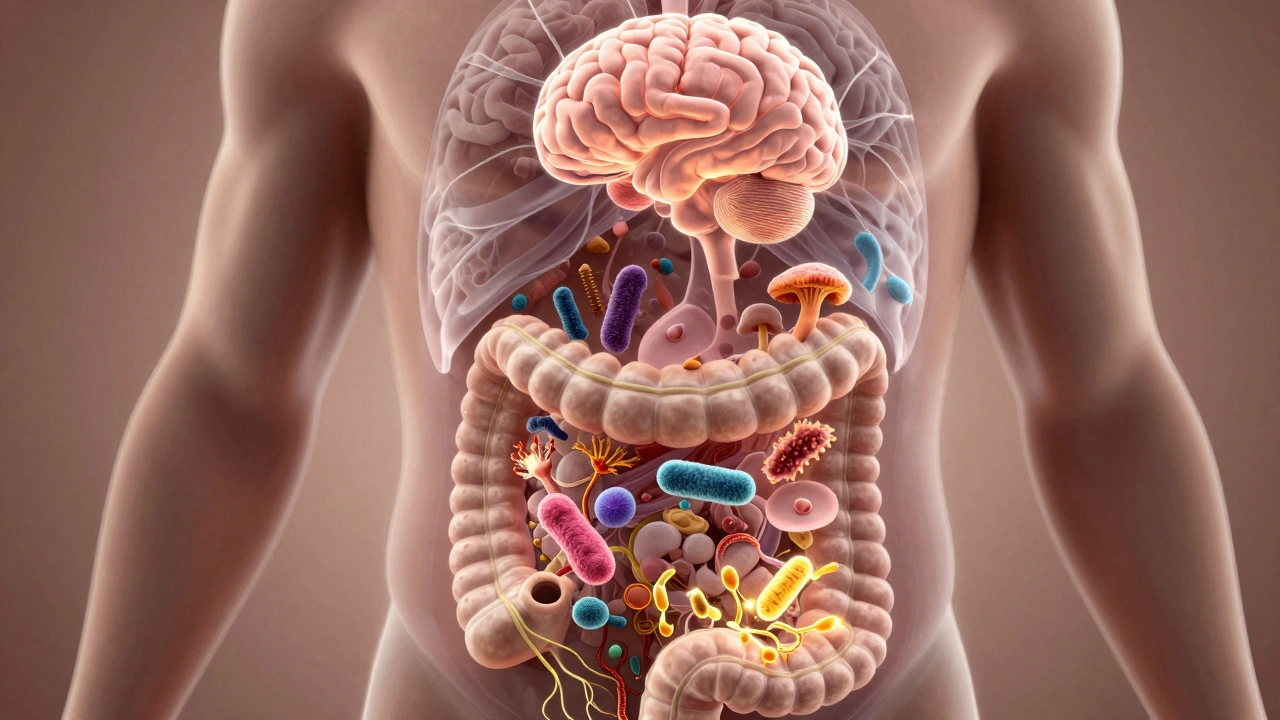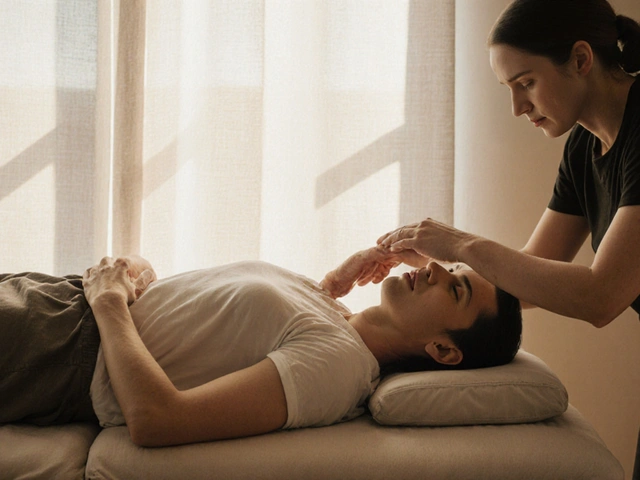Health and Wellness for Your Dog: Practical Tips and Therapies
Did you know chronic stress shortens a dog’s life and makes recovery from injuries slower? If you care about a long, active life for your dog, focus on simple daily habits and targeted therapies that actually work. This category gathers clear advice on massage, gut health, stress reduction, recovery tools, and useful tech so you can pick what fits your dog.
Start with basics that matter
Good food, regular exercise, consistent routine, and vet checkups create a foundation. Swap empty treats for nutrient-rich snacks like plain cooked pumpkin, small apple slices, or single-ingredient freeze-dried proteins. For digestion, slow feeding, probiotics recommended by your vet, and consistent meal times often cut down gas, bloating, and stool issues. Notice small changes: less energy, picky eating, or extra scratching—these are clues that something needs fixing.
Massage and bodywork help more than you think. Gentle touch reduces anxiety, improves circulation, and speeds recovery after exercise. Techniques like Swedish-style stroking and light trigger point work can be adapted for dogs; always watch your dog’s signals and stop if they tense or pull away. For puppies, short soothing sessions build trust. For senior dogs, slow movements and extra padding during sessions protect joints. If pain is obvious, ask a vet or canine massage therapist for guidance before trying anything new.
Therapies and tools to try
Wearable activity trackers can show rest patterns and pain-related changes before they swell up into big problems. Cold laser, controlled stretching, and specific massage methods—when done by a pro—can ease arthritis and muscle strains. Creative therapies such as music therapy, scent enrichment, and gentle bodywork also calm nervous dogs. If exploring alternative options, prioritize certified practitioners and vet clearance.
Build small health goals together. Instead of broad targets, pick one measurable change: add ten minutes of daily play, switch to a vet-approved probiotic, or cut treats by a set number per day. Track progress with a simple note or an app. Small wins keep you motivated and make real differences in weight, coat condition, and mobility.
When to see a professional. Sudden limping, persistent vomiting, rapid appetite loss, or behavior changes warrant immediate vet attention. For chronic issues like recurring ear infections, persistent anxiety, or mobility loss, combine vet care with a certified canine massage therapist, physical therapist, or behaviorist. Integrated care gives better outcomes.
Find articles here about massage types, stress reduction methods, gut health tips, and new tech for monitoring canine wellness. Try one change at a time, watch how your dog responds, and celebrate the small steps. A healthier dog is often a happier dog.
Quick checklist: check gums and teeth weekly, maintain parasite prevention, keep nails trimmed, schedule annual bloodwork for seniors, rotate toys for enrichment, and note any limping or appetite changes. Record symptoms with date and short note so your vet sees patterns. Small daily checks save big vet bills later and keep your dog comfortable. Start today with one change and watch improvement soon.

Unlocking the Secrets of Gut Health
Discover the real secrets to gut health-how food, stress, and microbes shape your digestion, mood, and immunity. Learn what actually works to heal your gut naturally, without fads or supplements.

Why Gut Health is Crucial for Weight Management
Your gut bacteria play a key role in hunger, fat storage, and metabolism. Learn how improving gut health can help you lose weight naturally-without extreme diets.

Why Health Goals Matter: Setting Realistic Targets That Actually Stick
Health goals aren't about quick fixes-they're about creating daily habits that let you live the life you want. Learn how to set goals that stick by connecting them to what truly matters to you.

Mastering the Art of Aromatherapy: A Step-by-Step Guide
Learn how to use essential oils safely and effectively for sleep, focus, and stress relief with this step-by-step aromatherapy guide. Discover which oils work best, how to avoid common mistakes, and how to build a simple daily routine.

How Health Goals Spark Real Change in Your Life
Learn how to turn vague health wishes into measurable goals, use the SMART framework, build lasting habits, track progress, and stay motivated for lasting change.

Effective Stress Reduction Strategies for a Balanced, Healthier Life
Discover practical stress reduction strategies, proven relaxation techniques, and expert tips to create more balance and calm in your everyday life.

Biofeedback Therapy: Unveiling Healthcare Breakthroughs for Mind and Body
Discover how biofeedback tools are transforming healthcare. This article dives into real-world uses, cool facts, and practical tips for harnessing your body’s own data.

Boost Your Wellbeing: Why Setting Health Goals Matters in Modern Life
In a fast-paced world, health goals: not a luxury, but a lifeline. Discover why they're crucial, how to set them, and what they can do for your wellbeing.

Mastering Health Goals: Simple Steps That Lead to Big Wins
Setting and achieving health goals can be a game-changer if you know the right steps. Learn practical tips and interesting facts to create doable health targets, and stay committed all the way through. From understanding why you want to change to creating simple strategies that stick, this guide breaks it down into straightforward, relatable steps.

Creole Bamboo Massage: A Fresh Path to Body Healing
Discover the wonders of Creole Bamboo Massage, a unique blend of ancient techniques and renewable bamboo tools, offering a rejuvenating body healing experience. This innovative approach improves circulation, reduces stress, and aligns with sustainable practices. Ideal for those seeking holistic wellness, this massage therapy uses carefully selected bamboo sticks for their energy-channeling abilities. Dive into the world of Creole Bamboo Massage to explore its benefits, techniques, and how it stands out in the sphere of healing massages.

Stress Reduction: Transform Your Life Today
Dec, 5 2023

Can Better Gut Health Reduce Inflammation?
Sep, 19 2023


